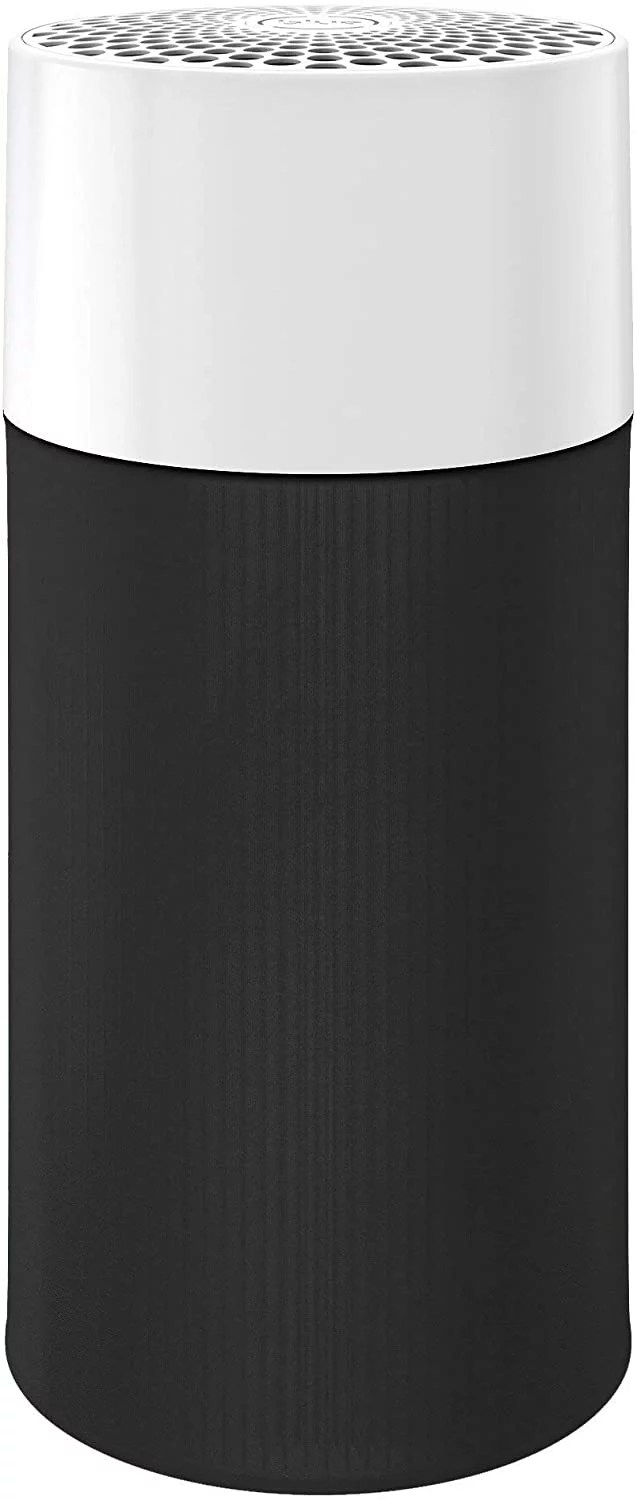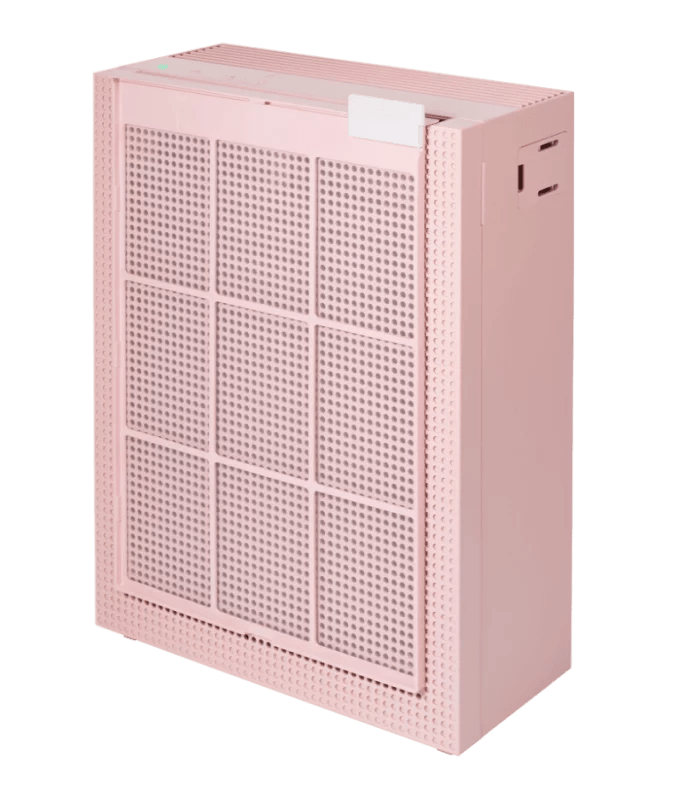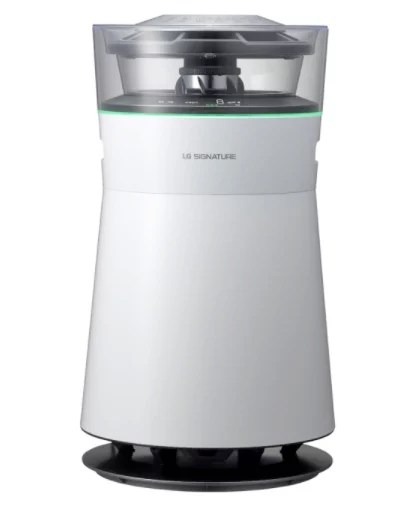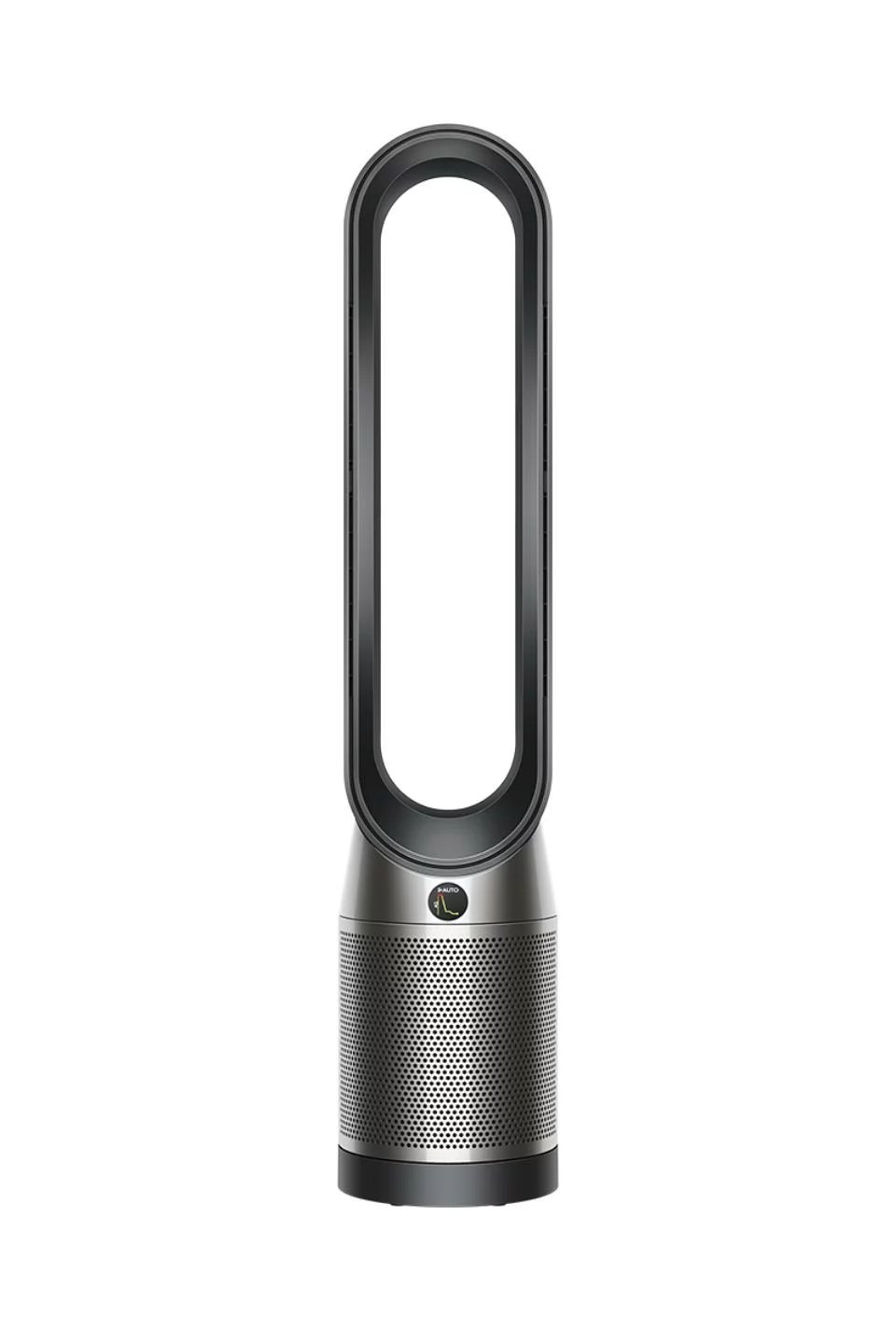The 5 Best Air Purifiers To Significantly Improve Indoor Air Quality
"Indoor air quality can be two to five times more polluted than outdoor air quality," says Dr. McKeon. "Outdoor air quality is an issue. But the air inside, where we spend most of our time, has a number of pollutants added to it."
While we introduce allergens like pollen and animal hair to our homes, our indoor environment also creates allergens, says Dr. McKeon. Dust mites build up naturally and thrive off of dead skin. Particles are released into the air whenever there's a furnace, wood-burning fire, or candle. Cooking releases oil and fat particulates into the air. “The particles of concern are the ones you can’t see,” says Jake Read, advanced design engineer at Dyson.
The specifics of your home environment also impact air quality, explains Dr. McKeon. Since newer, more energy-efficient homes don't have the same gaps and cracks as older homes, there's less air circulation, he says. Humidity can lead to higher dust levels. Newly installed floors and furniture can release chemicals into the air.
{{post.sponsorText}}
Now, all of this isn't meant to freak you out—when it comes to indoor air quality and health, Dr. McKeon says an allergen is really only an issue if it bothers you.
"It would be wrong to spread a message that everybody needs to have an air purifier. Many people benefit by having a device to clean the air, but people may live in an indoor environment that's got good air quality already and it's well ventilated," says Dr. McKeon. "If you've got a good indoor air quality and you are not suffering symptoms, and you're somebody who's not bothered by some of those indoor allergens anyway, then it's probably not required."
If you know your triggers, it's also possible to reduce the amount of allergens in your indoor air by doing things like vacuuming more, getting rid of pests, and installing a humidifier or dehumidifier, depending on your space's needs. But whether or not you're bothered by indoor allergens, Dr. McKeon says some people just like the assurance of having an air purifier to know they're breathing clean air.
Keep in mind that the air purification system you choose is only as good as the way you use it. “You’ve got to run that thing 24/7,” says indoor air quality expert Vinny Lobdell, global president of HealthWay. When purchasing an air purifier, Dr. McKeon says it's important to look for one that's validated by a third-party testing organization to ensure it's effectively removing and trapping allergens.
Shop validated air purifiers at five different price points, below.
The best air purifiers to improve indoor air quality and your health

Blueair’s most compact air purifier is suitable for small spaces (161 square feet or less). It silently filters the air in of 11-by-14 foot room every 12 minutes to remove 99.97 percent of airborne particles, making it a good choice for a small bedroom. Blueair’s products are verified by the Association of Home Appliance Manufacturers for Clean Air Delivery Rate, the EPA for Energy Star rating, and the California Air Resources Board for electrical safety and ozone emission. It comes two machine washable pre-filter fabric sleeves in black and blue. Additional washable pre-filters ($10) to match your decor are available in crystal pink, buff yellow, and light gray.

This Energy Star-certified air purifier from Coway is perfect for small living spaces and bedrooms, as it’s able to reduce contaminants in rooms up to 214 square feet. A three-stage filter reduces combines a pre-filter, an odor filter, and a true HEPA filter. These work to remove airborne odors and pollutants including allergens, pet dander, and second-hand smoke. It senses indoor air particles and adjusts the fan speed accordingly to keep your air pure. And when you use it on auto mode, the fan stops and produces less noise when no indoor air pollution is detected for 30 minutes. It comes in three colors: peony pink (pictured), sage green, and dove white.

The LG Signature Smart Wi-Fi Enabled Air Purifier doubles as a humidifier, which is great if you live in a dry climate. Certified allergy-and-asthma-friendly by AAFA, this air purifier removes dust, allergens and smoke with a HEPA filter while humidifying the air with UV sterilized water. However, the air purifier and humidifier controls to operate independently of each other, meaning you can use one and not the other when you need to. It’s also Wi-Fi enabled, allowing you to operate the settings through an app.

With the Purifier Cool, Dyson tackles two common air quality problems at once: dirty air and hot air. It removes 99.97 percent of allergens and pollutants including pollen, mold, and bacteria, then reports air quality to your Dyson Link app while also cooling your room with a fan. The purifying-fan combo makes it a great kitchen companion when dealing with smoke and cooking oils. Dyson doesn’t list an ideal room size, but the specification suggest in can handle an area up to 500 square feet with ease.

Certified asthma and allergy friendly, LG’s air purifier has a room coverage of 248 square feet. A three-stage filtration system, including a deodorizing filter, removes 99.97 percent of particulates. It’s complete with a timer, filter alarm, and child lock. This model also comes in gold.
Originally published April 7, 2020.
Oh hi! You look like someone who loves free workouts, discounts for cult-fave wellness brands, and exclusive Well+Good content. Sign up for Well+, our online community of wellness insiders, and unlock your rewards instantly.
Loading More Posts...
